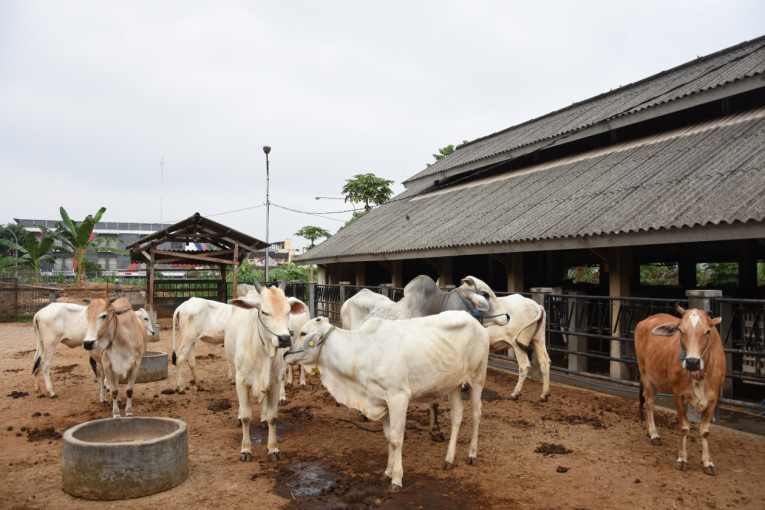
The community must be careful and selective when choosing sacrificial animals, especially cattle. The primary criteria for selecting a sacrificial cow are that it must be healthy and free from defects.
Dr. Panjono, a lecturer at the UGM Faculty of Animal Science (Animal Science UGM), stated that a cow’s health can be assessed by its physical appearance and behavior. The physical indicators of a healthy sacrificial cow include a fresh, clean muzzle without foam, odor, or visible wounds.
Additionally, the hooves should resemble an overturned coconut shell. The eyes should be clean, bright, not red, and free from discharge, while the buttocks and anus should be clean without signs of diarrhea.
“If a cow has diarrhea, it is a clear sign of illness,” Dr. Panjono explained Thursday (May 16).
Behaviorally, a healthy cow will appear active and not lethargic. It will also have a good appetite and show signs of chewing cud.
Dr. Panjono reminded the community and sacrificial animal committees to care for the cows purchased in advance. They can leave them with cattle farmers after buying them from the market or animal traders.
“Make sure that after buying and keeping the cow, its condition does not deteriorate or it does not fall ill,” he elaborated.
Although the situation has somewhat improved, Dr. Panjono added that people must remain vigilant about the emergence of Foot-and-Mouth Disease (FMD) and Lumpy Skin Disease (LSD).
“Both are still outbreaks that need to be watched,” Dr. Panjono warned.
Author: Animal Science UGM/Satria
Photographer: Margiyono

